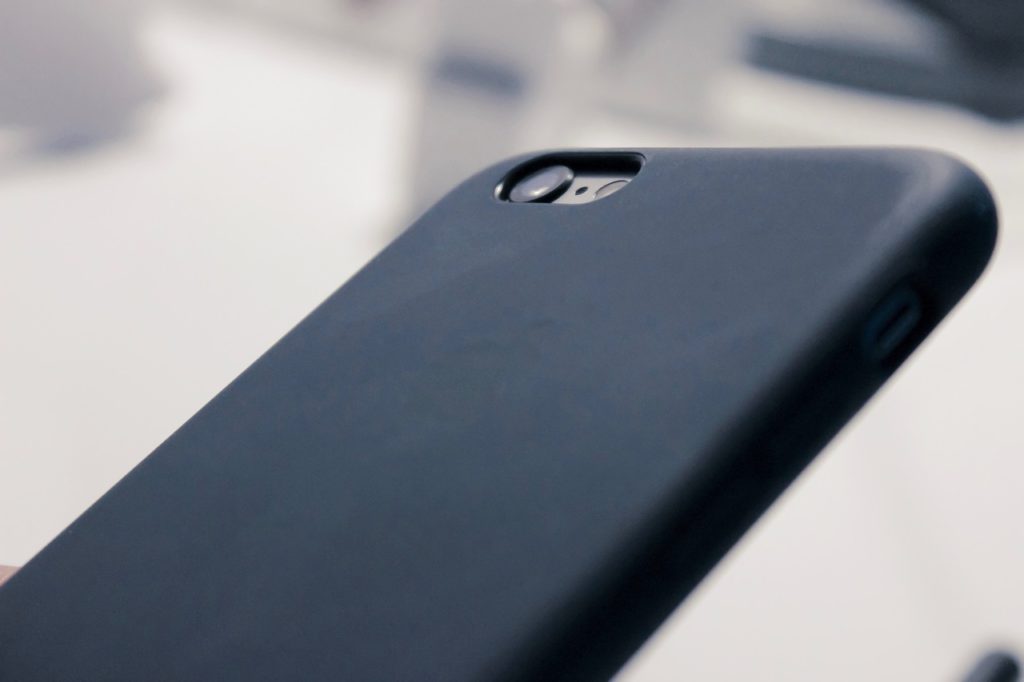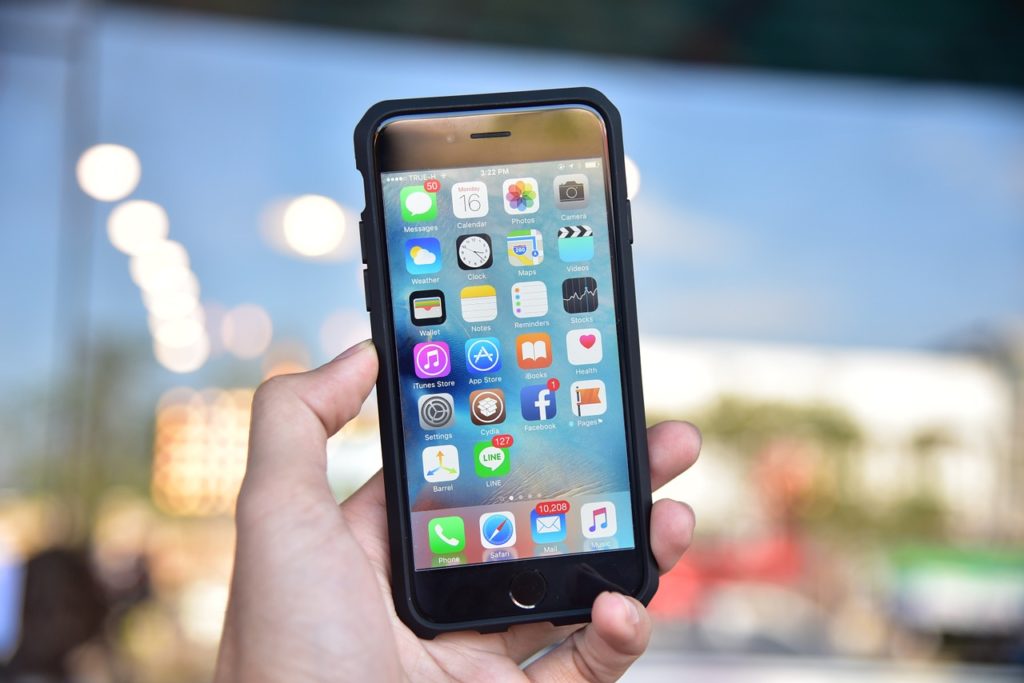As a responsible iPhone owner, you know that exposure to moisture or water is harmful to your device, but the fact is, sometimes accidents just happen. Phones get dropped in the bathtub, drinks get spilled on them, or little kids with wet hands pick them up and play with them. But just because your iPhone has gotten wet doesn’t necessarily mean it will never work again. If your iPhone has suffered a watery mishap, these step-by-step tips may be able to help you rescue your waterlogged device.
-
Do not turn the device on.
If your iPhone has been exposed to moisture or water, never try to turn it on or use it. If you do turn the device on, this could cause the delicate internal electronic components to short circuit, potentially resulting in serious and permanent damage. (For the same reason, you should also never plug in a wet iPhone to charge; if the phone is already plugged in, unplug it very carefully.) If your device was sleeping rather than turned off when it got wet, activate it very briefly and make sure it’s fully powered down before proceeding to the next steps.
-
Take the iPhone out of its case.
To help your iPhone dry, you want to reduce the number of areas where water droplets can linger and allow as much air as possible to get inside the wet iPhone. To do this, take your iPhone out of its case (if it’s in one), remove any screen protection, and carefully remove the SIM card; this helps prevent water from becoming trapped in the phone’s nooks and crannies and maximizes exposure to drying air.

-
Manually remove as much water as possible.
Shake your iPhone gently to dispel any water that might be lingering in its ports and sockets (you can visually check areas like the headphone jack or Lightning connector to see if any water is trapped there). Once you’ve done this, give your iPhone a gentle but thorough wipedown with a soft, absorbent cloth—it’s important not to be too rough, as you don’t want to inadvertently force moisture deeper into your device.
-
Leave the iPhone to dry.
Many people find this next step the most difficult because it involves a great deal of patience: once you’ve completed the steps above, it’s best to simply leave your iPhone somewhere warm to dry naturally for at least 48 hours. If your iPhone got very wet (for example, if it got dropped in the bathtub rather than just splashed with some water) you may want to try using a desiccant. Putting your iPhone in a bowl or bag full of rice is probably the best-known method, though there is some disagreement about how effective it actually is (and some people are also concerned about getting dust or debris from the rice inside the phone). You can also try surrounding the phone with silica gel packets (the moisture-absorbing packets that often come with products like purses or shoes) to help further suck out any water from your phone. Again, while your iPhone is drying, make sure not to turn it on or use it.
-
Be prepared to troubleshoot.
After a couple of days, it’s usually safe to test your iPhone to see if the drying process has been successful. Try switching it on and see what happens; it may power up and begin functioning normally right away, but you may also encounter a few software glitches. Some problems can be solved with a few simple troubleshooting tips, but if the issues persist, you may need to take the iPhone to your local repair shop.

-
Know what not to do.
Rescuing a wet iPhone is a delicate business, and it’s very important to know what not to do to avoid accidentally damaging your device even further. For example, you should never leave your iPhone on a radiator or heater to dry out, and you should never use a hairdryer—the added heat will simply cause trapped moisture to condense, which just spreads it around the interior of your phone and results in more damage. (Some people claim it’s safe to use a hairdryer on a cool setting or a cool air fan, as this helps air circulate without heat.)
-
Know how to prevent similar mishaps in the future.
Of course, the best way to rescue a waterlogged iPhone is to make sure the device doesn’t get wet in the first place. To avoid repeat mishaps in the future, you should be extra careful about where you use your phone, and you may want to consider buying a waterproof case to provide additional protection for your device. Finally, if water damage is a frequent issue for you, it might be time to upgrade to a newer iPhone model that offers significantly better water resistance. The iPhone X, for example, can be immersed in up to 1 meter of water for up to 30 minutes without sustaining damage.

